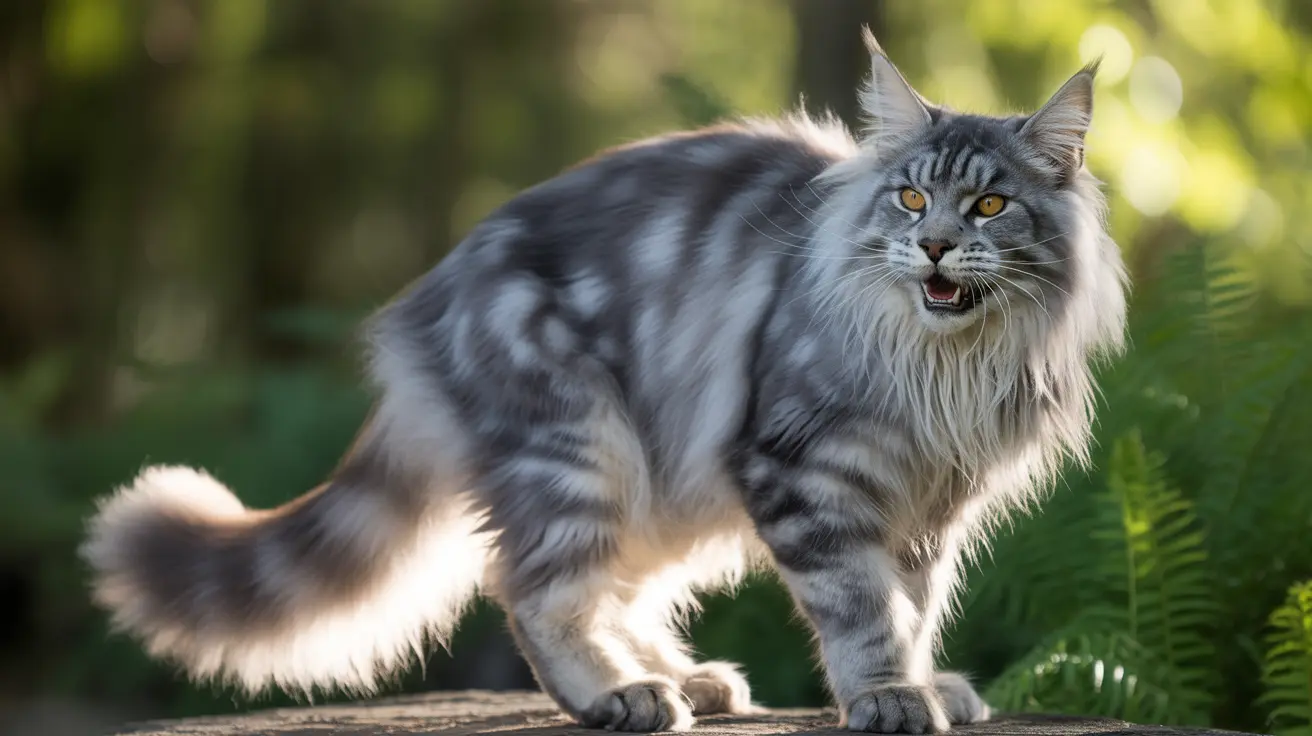Understanding Dog Cobbing: Why Your Dog Nibbles Like That
Dog owners frequently observe their pups engaging in a peculiar behavior known as cobbing. If you've ever seen your dog gently nibble on a toy, blanket, or even your arm with their front teeth in rapid succession—like eating corn on the cob—you've seen cobbing in action. This behavior, while odd at first glance, is usually harmless and often packed with meaning.
What Is Cobbing in Dogs?
Cobbing refers to a dog repeatedly nibbling with its front teeth, usually in a quick and rhythmic motion. The name comes from the visual similarity to a person eating corn on the cob. It is different from biting or aggressive chewing and typically does not involve much pressure or pain.
Why Do Dogs Engage in Cobbing?
There are several reasons dogs might exhibit this behavior:
- Affection: Dogs may cob their owners as a form of bonding, similar to grooming behavior among pack members.
- Grooming: They might nibble their own fur or yours to remove dirt or tangles—it’s instinctual maintenance behavior.
- Playfulness: Cobbling can be a part of play, especially in puppies exploring their world through their mouths.
- Attention-Seeking: Gentle nibbling often draws a reaction, so dogs may learn that cobbing helps get your attention.
- Itchy or Irritated Skin: If dogs cob themselves persistently in one spot, there might be an itch, irritation, or even parasites.
Is Cobbing Related to Dog Mating Behavior?
While cobbing itself is not a mating behavior, it can sometimes appear in contexts related to it. For instance:
- Dogs reaching sexual maturity may begin exhibiting a wide range of new behaviors such as mounting or sniffing.
- Mounting and humping are more directly sex-linked behaviors, often confusing to owners.
- Cobbing is more commonly connected to social bonding and attention rather than mating rituals.
Therefore, if your dog is cobbing, it’s unlikely to be driven by sexual motives, even if the dog is reaching maturity. It's worth separating mating-driven behavior from those more affection- or habit-based.
When Should You Be Concerned?
- Excessive Cobbing: If your dog cobbs compulsively, especially on themselves, it may indicate anxiety, boredom, or a medical issue like dermatitis.
- Injury or Irritation: Constant nibbling at one spot could suggest pain, parasites, or skin infections.
- Behavioral Disorders: Repetitive cobbing might be part of a larger behavioral pattern requiring intervention.
How to Respond to Cobbing
- For Affection: Accept it as a sign of love, but make sure it stays gentle and non-damaging.
- For Attention: If you don’t want the behavior reinforced, don’t reward it with attention. Train alternative greetings.
- For Medical Concerns: Check for signs of skin conditions or discomfort, and consult a vet if problems persist.
The Role of Training
Like any other behavioral cue, cobbing can be addressed through positive reinforcement training. If the dog starts using cobbing to get what it wants, you can gently redirect them to other behaviors—like sitting or fetching a toy—to earn attention and affection.
Is Cobbing Ever Linked to Aggression?
Generally, no. Cobbing is light, non-threatening, and is very different from a dog baring its teeth or biting. If a dog’s nibbling becomes harder or accompanied by growling, you may be looking at a different issue like resource guarding or fear-based aggression, which should be evaluated with professional help.
The Bottom Line
Cobbing is a normal, often affectionate behavior seen in many dogs. It's akin to social grooming or a playful nibble, and unless it's obsessive or linked to skin issues, there's usually no cause for concern. Watching how and when your dog cobbs can give you richer insight into their emotional state, social tendencies, and needs. Understanding the difference between cobbing and more serious behaviors empowers you to respond appropriately, ensuring you maintain a healthy and communicative relationship with your four-legged friend.





